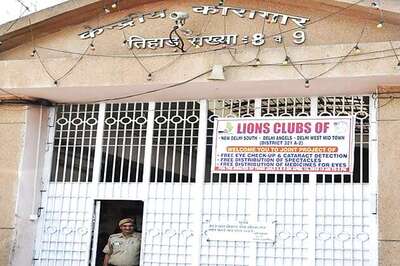
views
Many banks require customers to maintain a minimum balance in their savings accounts, and failing to do so often results in the imposition of penalty charges. But what happens when these penalties are applied to an almost empty account? Can it plunge the account into a negative balance? We delve into this matter, highlighting the regulations set by the Reserve Bank of India (RBI) to prevent savings accounts from going into the red due to non-maintenance penalties.
Also Read: SBI Corporate Salary Package Account Decoded: Who’s Eligible For It? Know Benefits & Documents
Most banks stipulate minimum balance requirements for their savings accounts, and they have the authority to penalise customers who fall short of these requirements. The penalties imposed can vary significantly from bank to bank and even between different branches of the same bank.
Typically, charges are lower for branches in semi-urban and rural areas, while they tend to be higher for high-net-worth individuals or those with a higher shortfall percentage in maintaining the balance.
To address concerns related to these penalties, the Reserve Bank of India issued a circular on November 20, 2014. The circular emphasised that while banks are entitled to levy penalties, they must not exploit their customers’ difficulties or inattention.
The RBI’s guidelines include several key provisions:
Banks are required to notify customers promptly through SMS, email or physical letters when their accounts fall below the minimum balance requirement. These notifications should clearly state that, if the balance isn’t restored within one month from the notice date, penal charges will be applied.
Banks are given a reasonable period, which should not be less than one month, to allow customers to restore their accounts to the required minimum balance after receiving notice of shortfall. After this period, penal charges may be imposed without the customer’s knowledge.
Banks must obtain approval from their board for the policy on penal charges to be levied, ensuring that it aligns with RBI’s guidelines.
The penalty charges must be directly proportional to the extent of the shortfall. This means that the charges should be calculated as a fixed percentage based on the difference between the actual balance maintained and the minimum balance agreed upon when the account was opened. Banks can establish a suitable slab structure for the recovery of these charges.
The RBI guidelines stress that the penal charges should be reasonable and not exceed the average cost of providing banking services. It is imperative that the penalties for non-maintenance of minimum balances do not push the savings account into negative territory.




















Comments
0 comment